Kimonos are elegant, traditional Japanese robes that have been worn for centuries. They are made from single bolts of silk or hemp fabric and crafted through detailed sewing techniques.
In this comprehensive guide, explore the traditional kimono making process from start to finish.
Table of Contents
How are Kimonos Made?
These iconic garments have a rich history dating back centuries, yet they continue to hold a special place in modern fashion and ceremonial attire. But have you ever wondered about the intricate process behind the creation of a kimono?
Let’s delve into how are Kimonos made and how it starts.
The Fabric Selection Process
What Fabric is Used for Kimonos?
Silk – The traditional fabric for kimonos is silk. Silk kimonos are lightweight and have a lustrous sheen. The most common is habutai silk.
Hemp – Hemp fabric is also used to create casual kimonos. It has an earthy, linen-like texture.
Modern fabrics – While silk and hemp are traditional, modern kimonos may also incorporate polyester, cotton, wool and other textiles.
Dyeing and Designing the Fabric
- Traditional kimonos feature elaborate designs dyed or embroidered onto the fabric.
- Popular motifs include seasonal flowers, natural scenery, geometric patterns and abstract shapes.
- Dyeing techniques include hand-painting, stenciling, resist-dyeing, and embroidering. This ornamentation is a key aspect of kimono design.
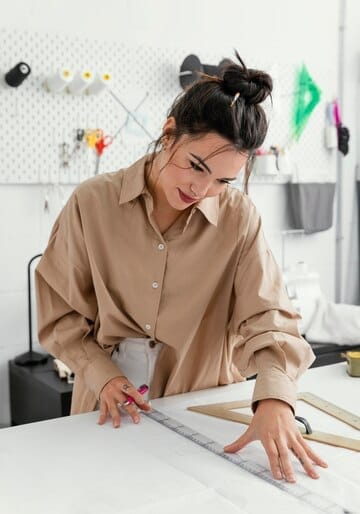
Cutting and Sewing the Kimono Panels
The Cutting Process
- The fabric bolt (14 inches wide x 36 feet long) is cut into panels for the kimono body and sleeves.
- The number of body panels ranges from 1 to 3. Sleeves are cut separately.
- Lining fabric is also cut to size.
Assembling the Kimono
Panels are sewn together by hand using various stitches like running stitch and backstitch.
Seamstresses align patterns precisely across panels. Stitches are concealed for a clean finish.
Lining pieces are attached to the interior at this stage.
Are Kimonos Sewn by Hand?
While some finishing may be done by machine, most construction is done by hand:
- Machines cannot easily manipulate the narrow panels of fabric
- Hand-sewing allows artisan control over stitch placement
- Intricate stitching and design alignment are done by hand
- Hand-finishing produces higher quality for this specialty garment
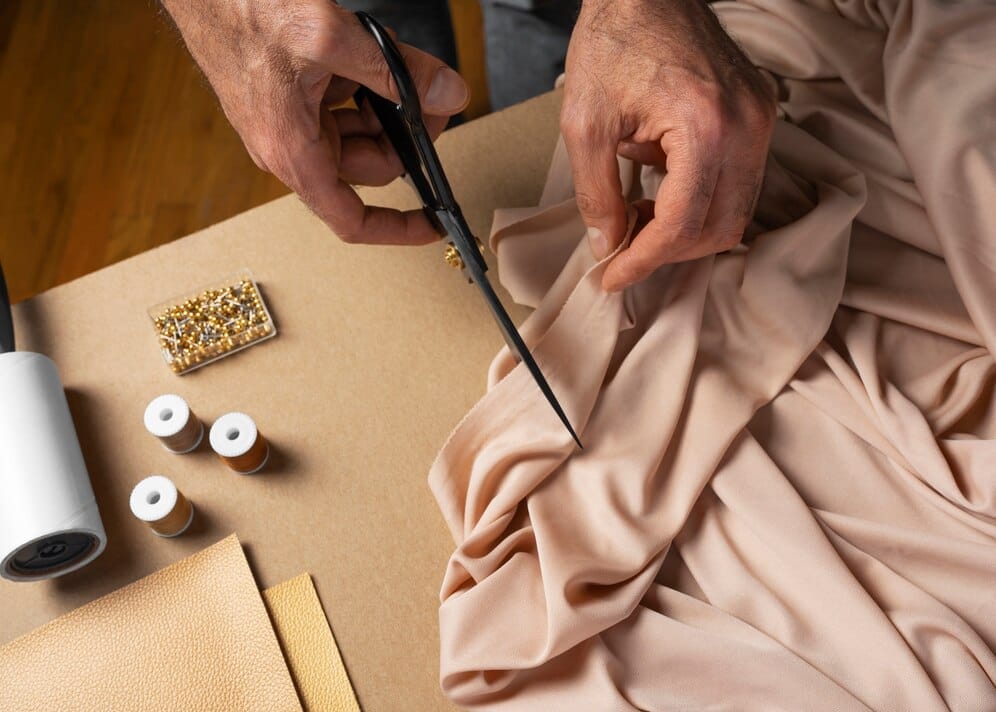
So while home seamstress may use machines, professional kimono makers rely primarily on expert hand-sewing skills perfected over years of practice.
Assembling the Collar and Sleeves
The Collar
- Traditionally small and flat, not full or ruffled
- Often just a folded over strip of fabric
- Sewn on after the main robe is assembled
The Sleeves
- Kimono sleeves are attached last with a dropped shoulder seam
- This allows the sleeves to hang straight down when arms are raised
- Sleeves are often the most complex part of the garment
- Includes inner lining, embellishment, and ornate end fabrics
Adding the Obi
The Obi – a Broad Sash
- The obi is wrapped around the waist and tied to secure the kimono
- Can range from simple to extremely ornate
- Usually made of silk, brocade or similar fabric
- Putting on and tying the obi properly is a skilled task
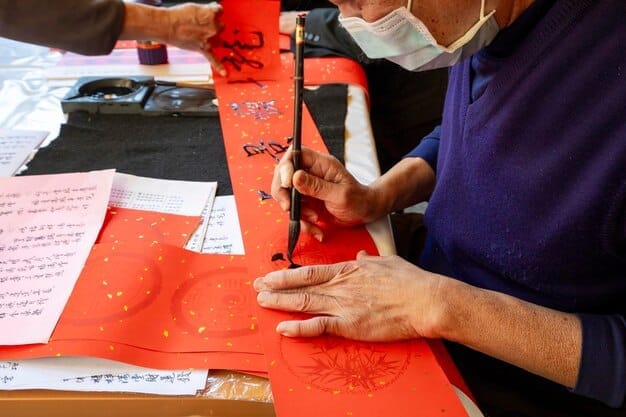
Finishing Touches
Final Kimono Details
- Any additional embroidery, tassels or accessories are added
- The edges are finished by hand hemming
- Lining and interior stabilizers are added
- Each kimono takes many hours due to precise hand-work
- The result is a lightweight, comfortable, and flowy garment
Caring for Kimonos
Cleaning and Storing Your Kimono
- Dry clean only to preserve the fabrics and designs
- Fold and store flat to prevent creasing
- Use acid-free tissue paper between layers
- Allow the garment to air out before storing to prevent mildew
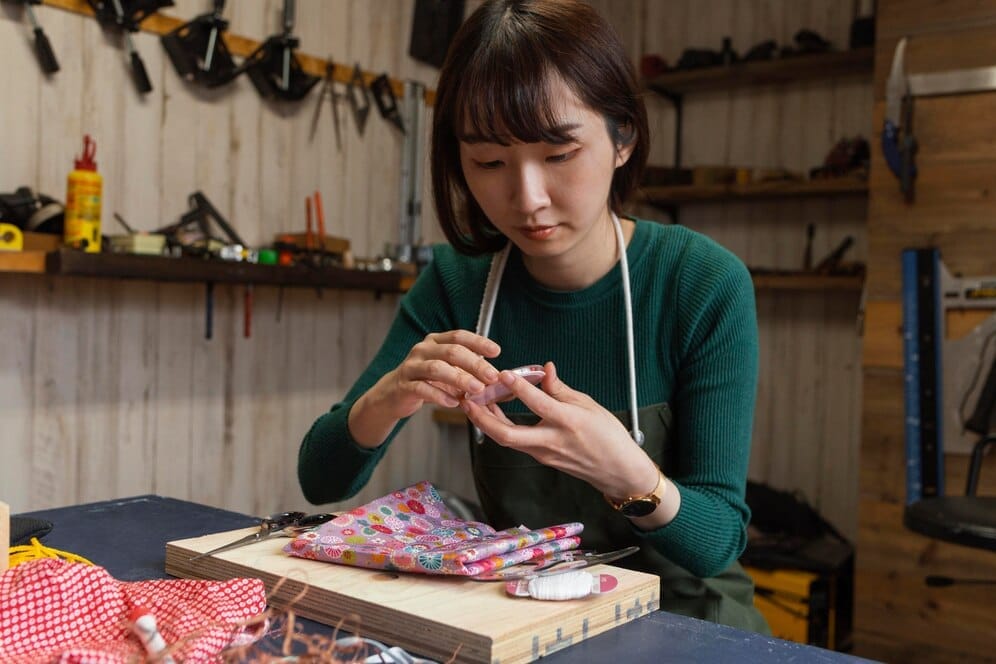
Preserving Tradition in a Modern World
While traditional kimono-making techniques have been passed down through generations, modern innovations have also influenced the craft.
Contemporary kimono makers may incorporate digital printing, machine weaving, and synthetic dyes to streamline production and meet the demands of a global market.
Many artisans remain committed to preserving traditional methods and materials, ensuring that each kimono remains a timeless work of art imbued with cultural heritage.
FAQs
What materials are used for kimonos?
The traditional materials are silk and hemp fabric. Modern kimonos may incorporate polyester, cotton, wool and other fabrics as well.
How long does it take to make a kimono?
It takes many hours of labor due to the hand sewing techniques. Even simple kimonos require 8 hours or more of detailed construction. High-end kimonos can take over 100 hours.
Do you wear anything under a kimono?
Yes, kimonos are worn over undergarments. Traditional undergarments include a nagajuban (kimono slip) and hadajuban (under-kimono). Tabis (socks) are also worn.
Are kimonos only worn by women?
No, kimonos are worn by both men and women, though the styles and patterns differ. Men’s kimonos feature muted colors and simple geometric designs.
When do the Japanese wear kimonos?
Modernly, kimonos are often worn for special occasions like weddings, festivals, tea ceremonies and graduations. They are also worn by professionals like sushi chefs and geisha.
Conclusion
The creation of the traditional Japanese kimono is a time-honored craft. While styles and fabrics have evolved over the centuries, the techniques and artistry involved remain unchanged.
Meticulous hand sewing, precision cutting, and artistic finishing come together to produce this iconic cultural garment. Kimonos continue to be cherished in Japan and around the world for their beauty and heritage.
Hope you got answer to ‘How are Kimonos made?’
Read more about Kimonos and its cultural importance.
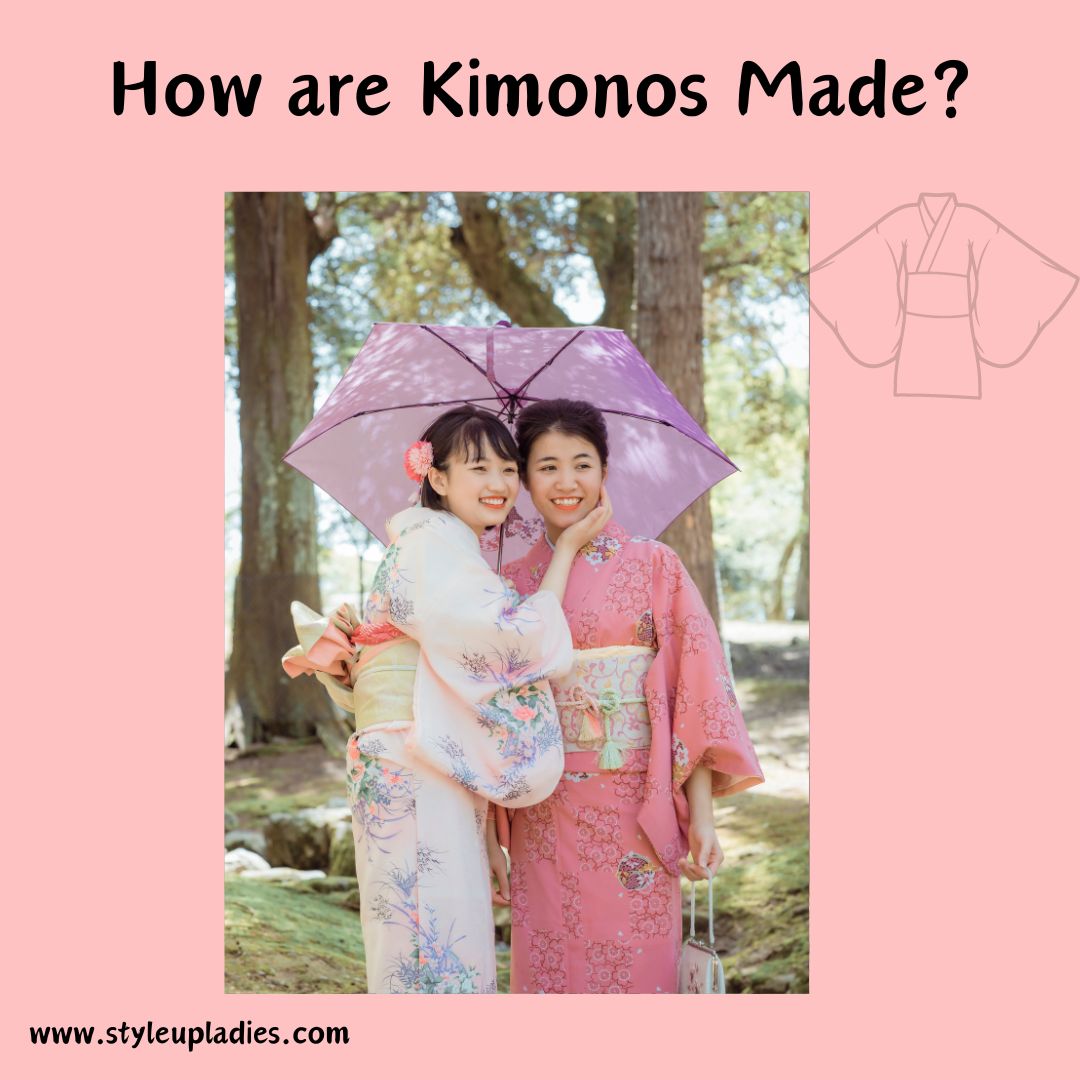


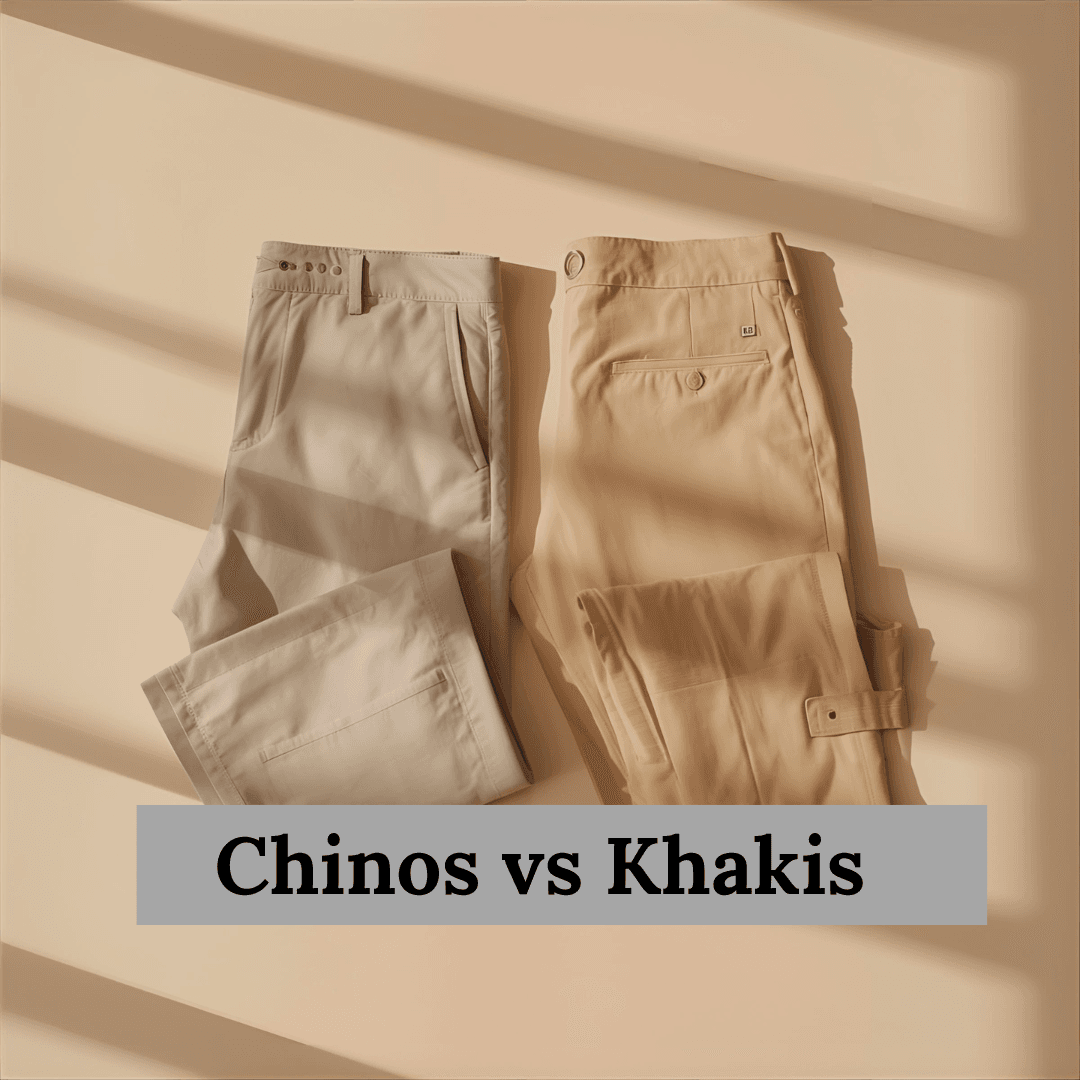



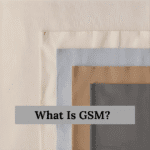
Leave a Reply